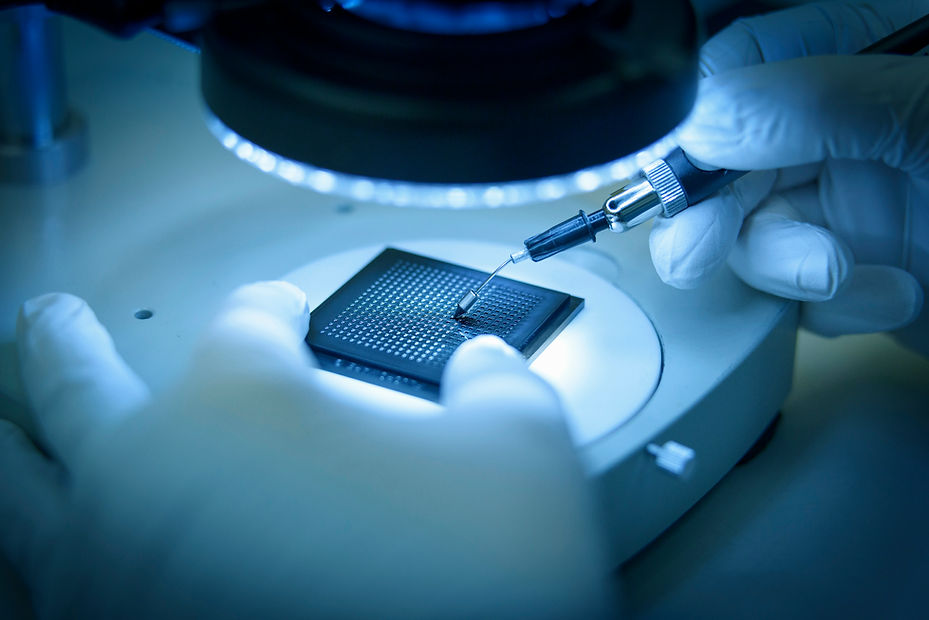
OVERVIEW
Organic ligands are one of the many driving forces behind reactions in the bioinorganic and medicinal chemistry research fields. The ligand acts as a functional Lewis Base with the potential to attach to a transition metal through covalent bonding. Each ligand’s structure has a correlating effect on the efficacy of a transition metal catalyst and its reaction. The object of this research focuses on the production and effects of a caffeine derived carbene ligand on the Nobel-prize winning Sonogashira Cross Coupling reaction.
THE GOAL OF MY RESEARCH IS TO MAKE NOVEL DISCOVERIES INTO THE USE OF CAFFEINE DERIVED CARBENES AS LIGANDS IN CATALYTIC CYCLES.
THE ROLE OF SUU
This project consisted of a research opportunity under SUU’s chemistry undergraduate program. I applied for the Gibson Fellowship which allowed me to perform research this summer under a paid salary. I worked under Professor Werner, as my mentor, in an effort to discover some novel properties in this reaction. I presented in SUU’s Research Symposium and will present in the Festival of Excellence and perhaps also in a Gibson Fellowship conference. My goal was that this would teach me the research process so I could learn valuable presentation skills and help me prepare for my professional career.
MY BUDGET

The chemicals and material were provided by the Gibson Fellowship. It was crucial that I was responsible with the chemicals and lab equipment. They are not cheap and bad use of equipment is the number one reason for misleading experiments.